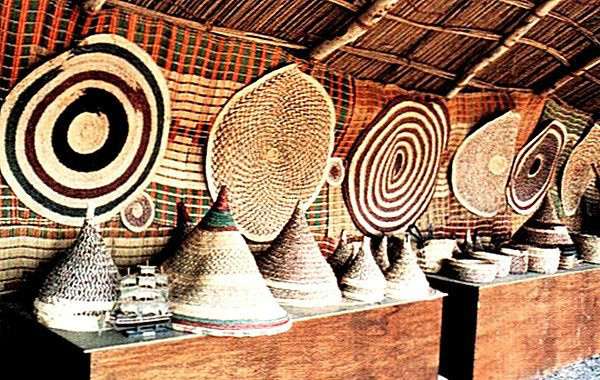Contact
- Umm Al Quwain, Umm al-Quwain, United Arab Emirates
- 06 765 0888
- info.ahd@ahd.uaqgov.ae
- tad.uaq.ae/en/about-us/archaeology/al-door.html
One of the of the largest archaeological sites in the United Arab Emirates
Ed-dour Site One of the largest local towns of ” Roman ” period, was a port on the coast of Umm Al Quwain, known today by the Arab name of Ed-dour ( the houses) . The sand dunes here are littered with broken pottery pieces of building stone and seashells, silent witnesses to a substantial city, extending for over two kilometers. The potsherds include pieces from Rome and Persia, and from the Nabataean state to the north of Arabia. This was sufficient to date the place, but they are supplemented by a handful of coins which preface to the use of writing. Greek and Roman records give descriptions of the shores of the Gulf at that time. Some archaeologists suggested that Ed-dour might be the Omana, Homna port.
It seems at first sight that such a large flourishing own as Ed-dour should have been abandoned without trace. In 1986, an international effort to uncover the secrets of Ed-dour was launched by teams from France, Britain, Denmark and Belgium working in turn throughout the winter. They have found that in the southern area of dunes a scatter of pottery and shells was left by seasonal settlers in the third millennium BC. Their fireplaces have been uncovered, but so far no trace of buildings found. In the north of the site another scatter of pottery and a few walls reveal a settlement of Iron Age Times.
In 1974, the Iraqi archaeologists uncovered a substantial fort in the centre of the site. It was a square building with round towers at each corner, and a few smaller buildings within the walls, many of them belong to large houses, with a number of rooms and courtyards. There are many tombs which still had smooth stone floors, and one or two had rows of tilted stones at the top of the walls, the bases for barrel vaults. Many tombs have a little stone lined entrance passage at one end, and occasionally other burials have bee found in these passages. Pieces of beautiful Roman glass have been found in many tombs, and also little plaques of ivory and bone, carve with pictures of people or animals.
In one fine tomb dug by the Danes near the fort, a large iron sword was found, a splendid embossed Roman glass beaker, and a bronze bowl with a ladle and strainer, with a little bull`s head for a spout. The most impressive building on the site was uncovered by the Belgian team; it is a sanctuary of some kind, with a number of stone altars and several incense burners. A large stone basin with a long inscription in Aramic writing on it. Near the altar was a well, it was the second one to be found in Ed-dour. Nearby,too, was another area with many graves, large ones for the adults, pathetics tiny ones for the many children who had died young. One baby grave had not been robed; it contained two tiny skeletons and two fine glass flasks.



